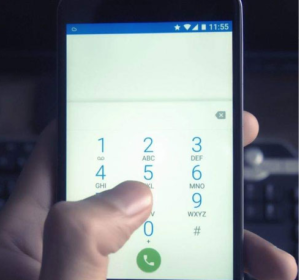 Telecom Regulatory Authority of India (TRAI) is considering changing the numbering schemes for Indian mobile phones, keeping in mind, the rise in demand for telecom connections with the growing population. To address the issue, TRAI is planning to change the digits in a phone number to 11 from 10.
Telecom Regulatory Authority of India (TRAI) is considering changing the numbering schemes for Indian mobile phones, keeping in mind, the rise in demand for telecom connections with the growing population. To address the issue, TRAI is planning to change the digits in a phone number to 11 from 10.
The rise in demand for telephone numbers has been unimaginably vast and the options are needed to pacify it. Hence, choosing options like changing the numbering system for a phone number is the key. It is reported that all the numbers (10-digit) starting from 9,8,7 can grant 2.1 billion connections.
A 13-digit number series have already been commenced by the government for the Internet of Things and machine-machine communications. But by 2050, more than 2.6 billion numbers would be required to cater to need of the country. As we know, earlier in 1993 and 2003, in a gap of ten years, India has reviewed its numbering plans.
However, the present availability of numbering resource is vulnerable due to growth in population and the need for connections. As estimated, India will reportedly become the most populous country in the world by 2027 that is surpassing China(1.64 billion). Currently, in India, we have 1.2 billion telephone connections.
TRAI believe that by 2050, India will have a number of mobile telephones working is likely to be nearly 3.28 billion. The 11-digit scheme is a great alternative for mobile and continuing with 10 digit numbering for fixed-line services; shifting data only mobile numbers (like dongle connections) from 10 digits to 13 digit numbering, and vacating a number series starts from 3, 5 and 6, etc. The regulator has fixed the deadline of October 21 for public comments and November 4 for counter comments.

























